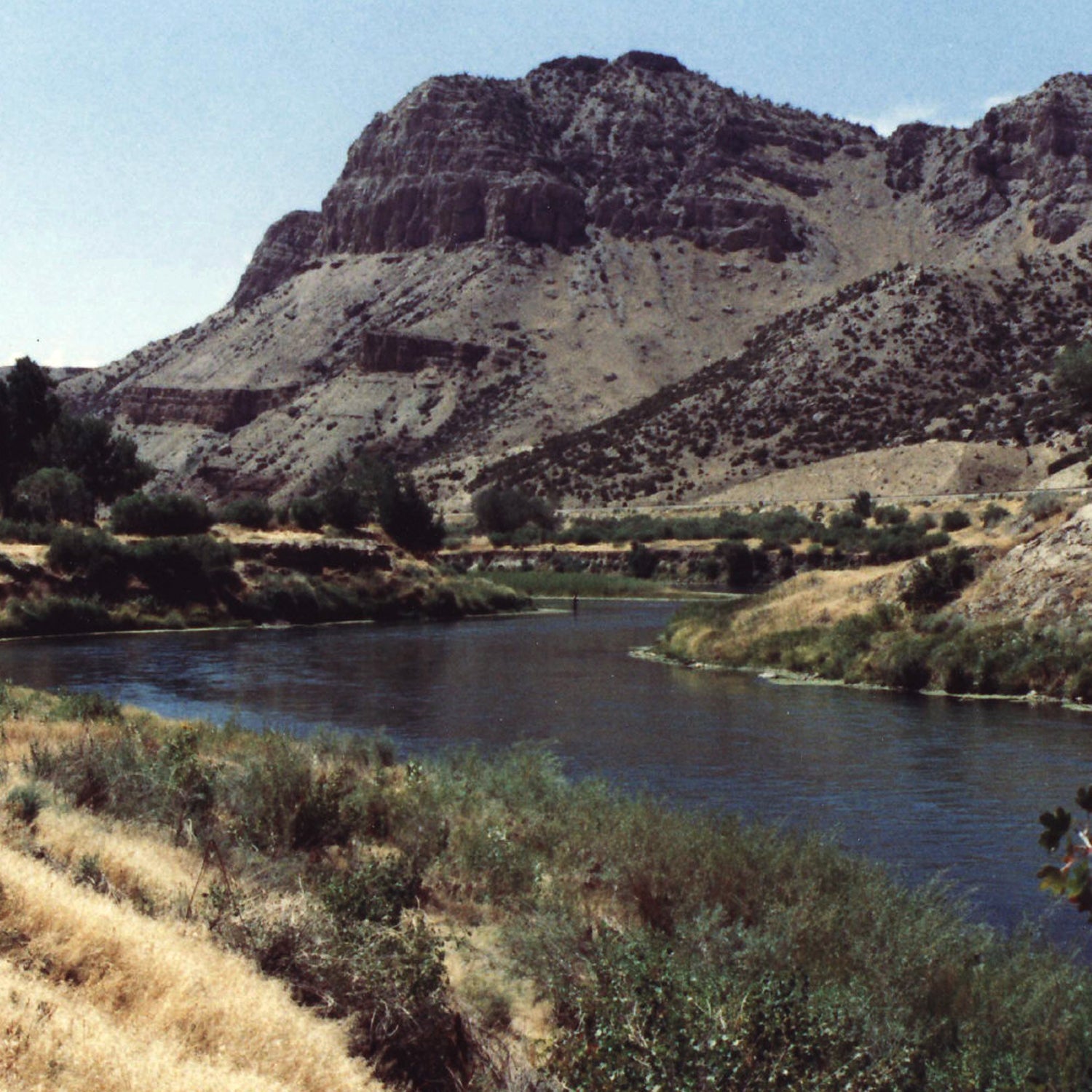The Environmental Protection Agency (EPA) issued permits in March that will allow several oil companies to dump their waste into tributaries of the Wind River in Wyoming, (HCN). Now the environmental group Public Employees for Environmental Responsibility (PEER) is planning to appeal the permits, alleging they do not set limits for many of the chemicals the companies inject into their hydraulic fracturing wells.
The pumping from fracking can bring substances like metals to the surface, along with the potentially toxic chemicals the companies use to make the oil flow better. The EPA’s don’t allow any “discharge of waste pollutants into navigable waters of any source.” But HCN reports that the effluent can be dumped in quantities large enough to create permanent streams, which can then flow over the arid land on the Wind River Reservation and into natural streams and rivers.
PEER is disputing the permits because they “are based in errors of law and fact,” . “EPA’s decision to permit the discharge of produced water … is a dereliction of its duty to protect the nation’s waters and the humans and animals that rely on them.”
HCN reports that some of the companies disclosed to the EPA that benzene, arsenic, and hydrogen sulfide are added to the wells or show up in the wastewater. The chemicals are likely carcinogens, but the dumping falls into a loophole because the streams are used by livestock and wildlife and not people.
Hillary Hoffmann, a professor at Vermont Law School, told HCN that the regulations appear to be stricter when not on reservations. “It’s completely nonsensical that the discharges allowed on the reservation would not be allowed off the reservation,” she said. “They’re drawn this random line that is in no way protective of human health and the environment.”
In a , the EPA said that it drafted the permits to meet the water quality requirements according to tribal law, and that the permits are more stringent in controlling specific pollutants than similar permits issued by the Wyoming Department of Environmental Quality.
Even so, opponents of the permits say there could be hundreds more chemicals slipping into the water that the EPA doesn’t know about yet. “They’re creating a loophole that allows discharges to happen without any disclosure to the tribes about what they’re getting,” Hoffmann told HCN, “which I think is pretty scary.”


